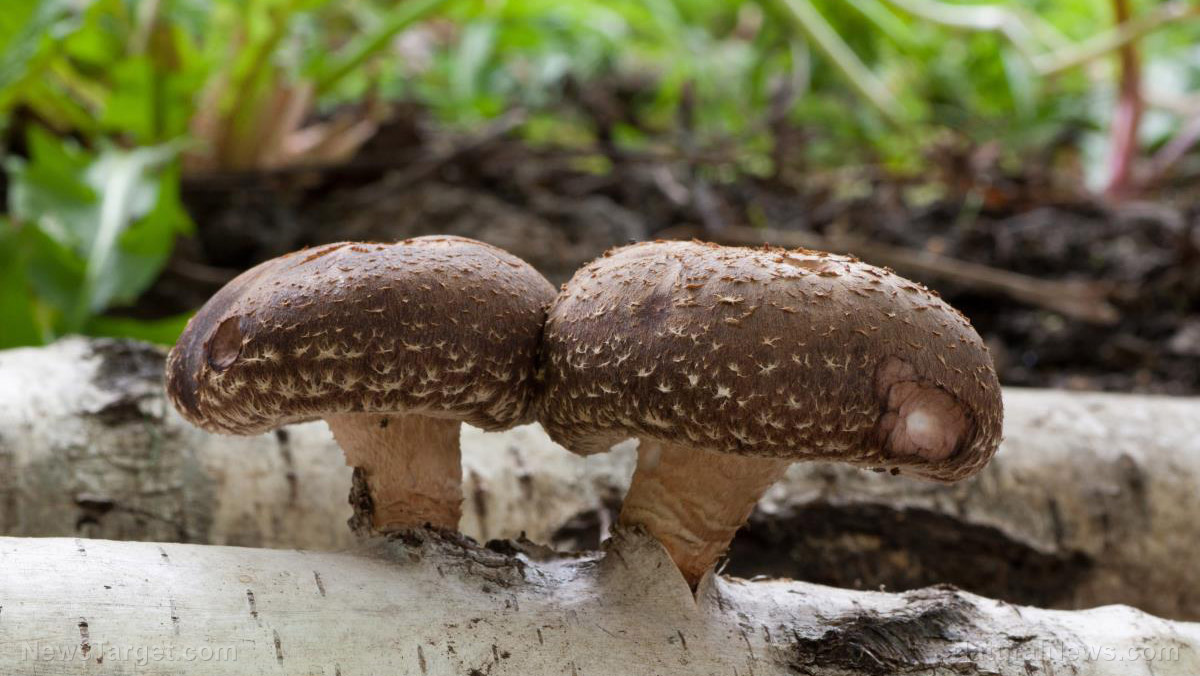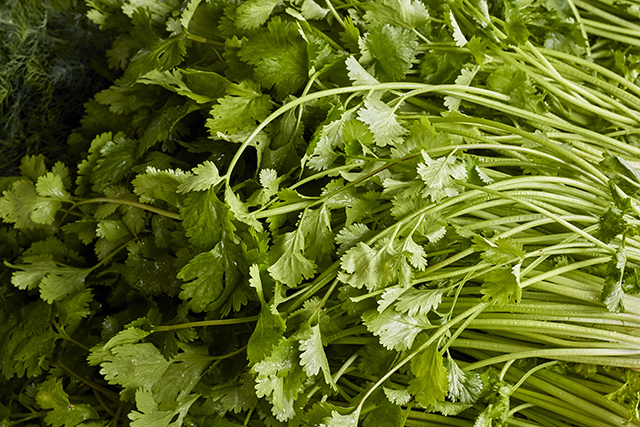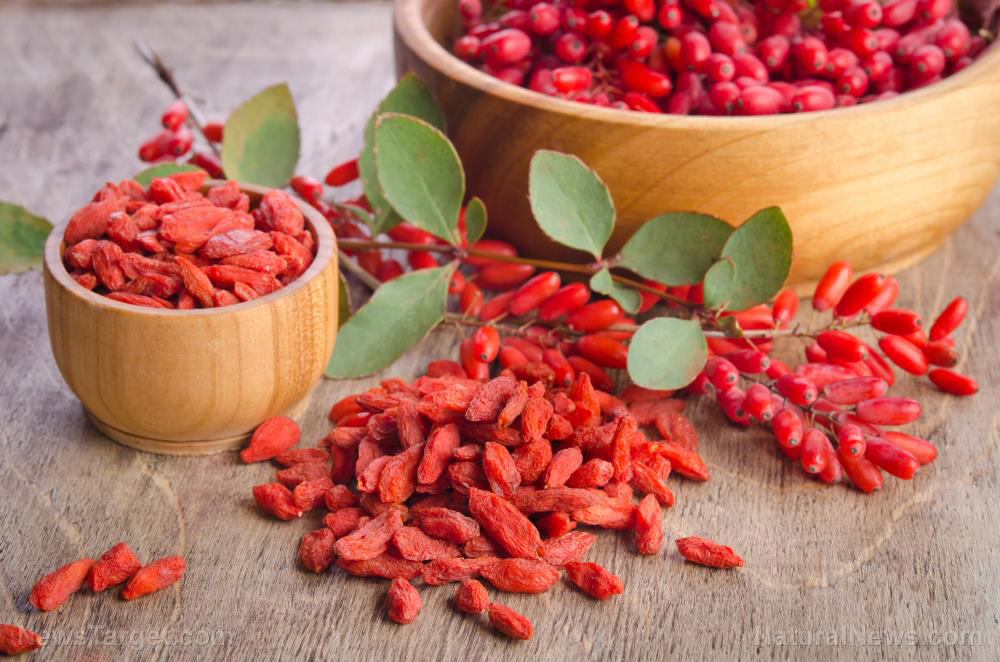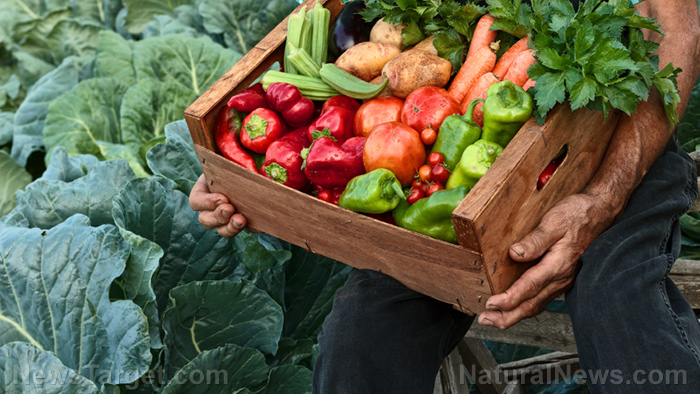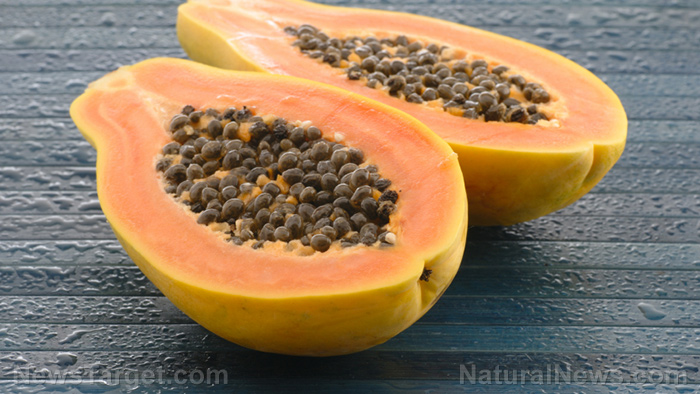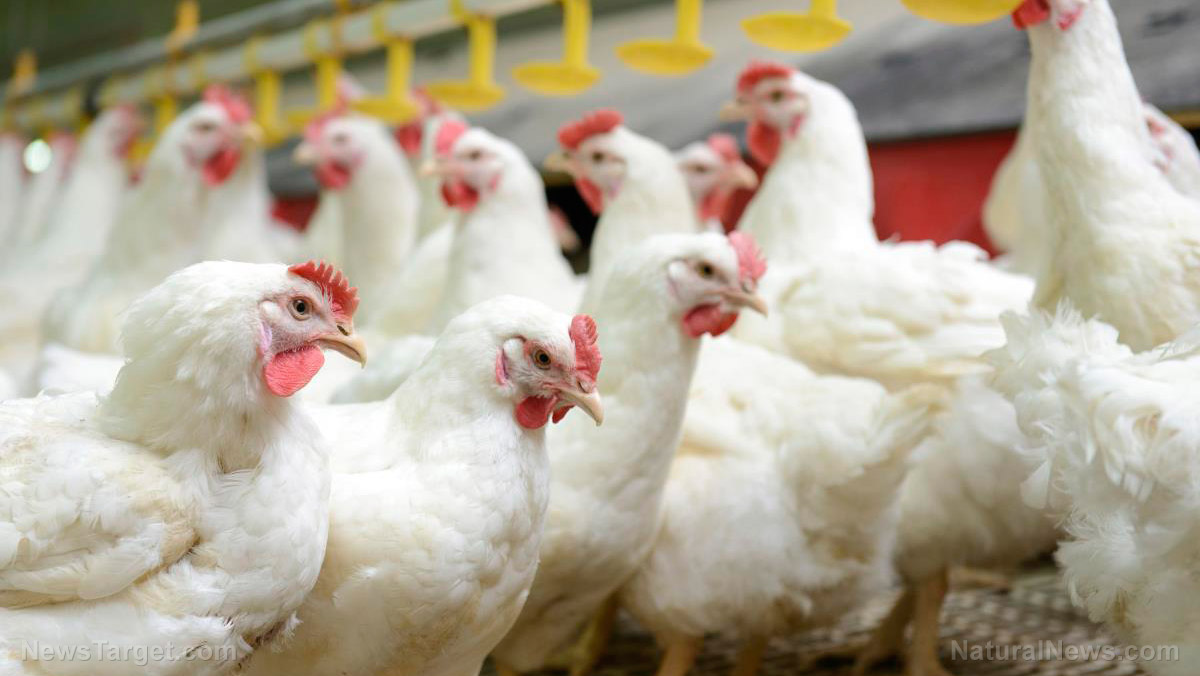The positive impacts of hedgerow restoration on global food production
09/29/2018 / By Edsel Cook

Modern farms these days have dispensed with the familiar hedgerows that surround crop fields in the name of maximum efficiency and productivity. This is a mistake because a study conducted by California-based researchers showed that these natural habitats can benefit nearby farms. Restoring these so-called field edge habitats will improve the productivity and sustainability of agricultural systems.
The biologically-diverse ecosystems of hedgerows provide important services to farms. They host many native species that pollinate plants and prey on harmful pests that damage crops. These beneficial wildlife improve the productivity of farms while outweighing any damage done by less beneficial critters like rodents.
Without the natural benefits provided by hedgerows, farmers have been forced to intervene more directly in their fields. They replaced native bees with honey bees and tried to balance their use of insecticides to get rid of pests without killing their bees.
Hedgerows have been making a comeback in recent years once farmers were clued in to their benefits and given answers regarding their concerns about. However, their slow restoration shows that much remains to be done to improve conservation efforts. (Related: Instead of paying farmers subsidies to grow unprofitable crops, wouldn’t it make more sense to legalize hemp agriculture and unleash billions in profit potential?)
Beneficial species in hedgerows protect and improve nearby agricultural crops
Researchers from various campuses of the University of California (UC) gathered relevant data from their decades-long study of hedgerows in the Sacramento Valley area. They compared walnut orchards and tomato row crops surrounded by well-established hedgerows with agricultural fields whose edges were managed through various artificial means.
They looked at the safety of the produce from those two groups and the effects of pest control. Furthermore, they took into consideration the benefits of pollinators and both positive and negative effects exerted by hedgerow wildlife on agricultural crops.
Based on their findings, hedgerows hosted larger populations of natural enemy insects that preyed on crop pests. Many of these insects would go to agricultural fields in search of prey, thereby protecting the crops in those fields.
Furthermore, hedgerows also had abundant numbers of native bees and other local pollinators. Like the natural enemy insects, the pollinators also visited crop fields and pollinated agricultural plants.
Thanks to these beneficial insects, agricultural fields with hedgerows could reduce the amount of insecticide they used while enjoying higher crop yield. The savings from reduced insecticide usage plus the additional profits from more productive crops could pay for the cost of installing and establishing the hedgerows in as little as seven years.
Researchers also determined that cottontail rabbits that lived in hedgerows could damage seedling stands. However, their damage could be managed, and other wild mammals did not invade agricultural fields.
Finally, the presence of hedgerows did not increase the levels of common pathogens found in food. Both tomatoes and walnuts in the fields did not show the effects of Salmonella and E. coli pathogens.
Farmers need to know all about the advantages of planting hedgerows
The UC researchers noted that farmers and landowners who have seen for themselves the beneficial aspects of hedgerows are more willing to restore these habitats to the edges of their fields. They therefore urge conservation agencies to step up their outreach efforts.
Recommendations include planting demonstration hedgerows and supporting farmers who adopt the practice. Converts to hedgerow planting will share their experiences with their neighbors and other farmers, thereby spreading both information and the practice of restoring the natural habitats once found on the edges of farmlands.
If this can be done, then farms will be better equipped to meet the challenges of producing enough food to feed the world.
Want to learn more about how nature and agriculture can work together to benefit you? Visit Harvest.news.
Sources include:
Tagged Under: agriculture, Ecology, environ, farmers, farming, farms, food crops, food independence, food science, global food production, habitats, harvest, hedgerow restoration, hedgerows, insecticides, natural habitat, pollinators, wildlife conservation



